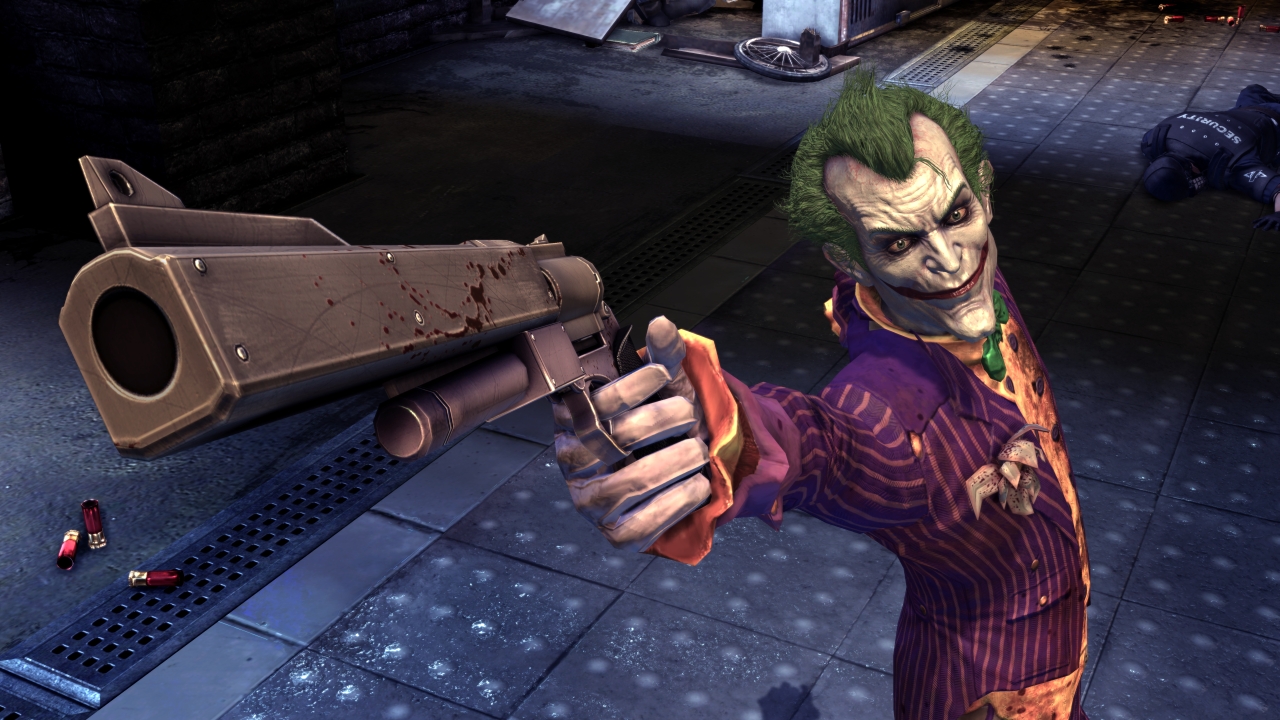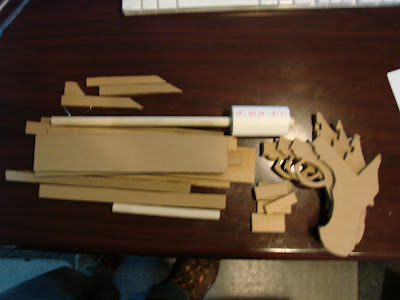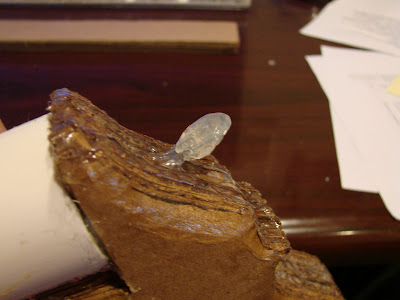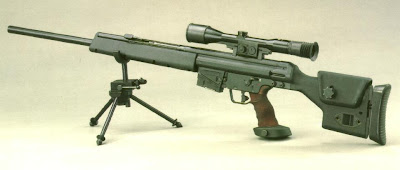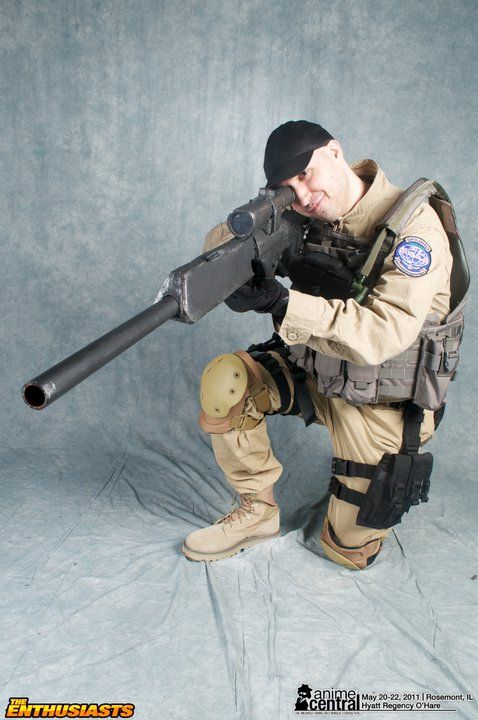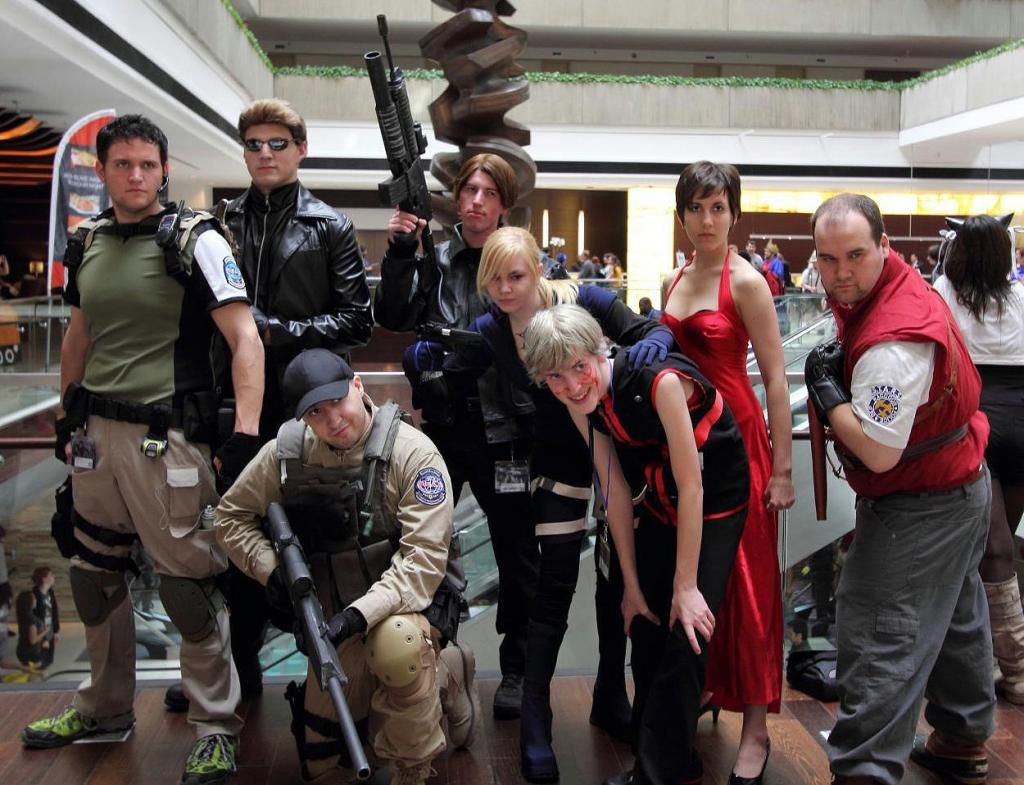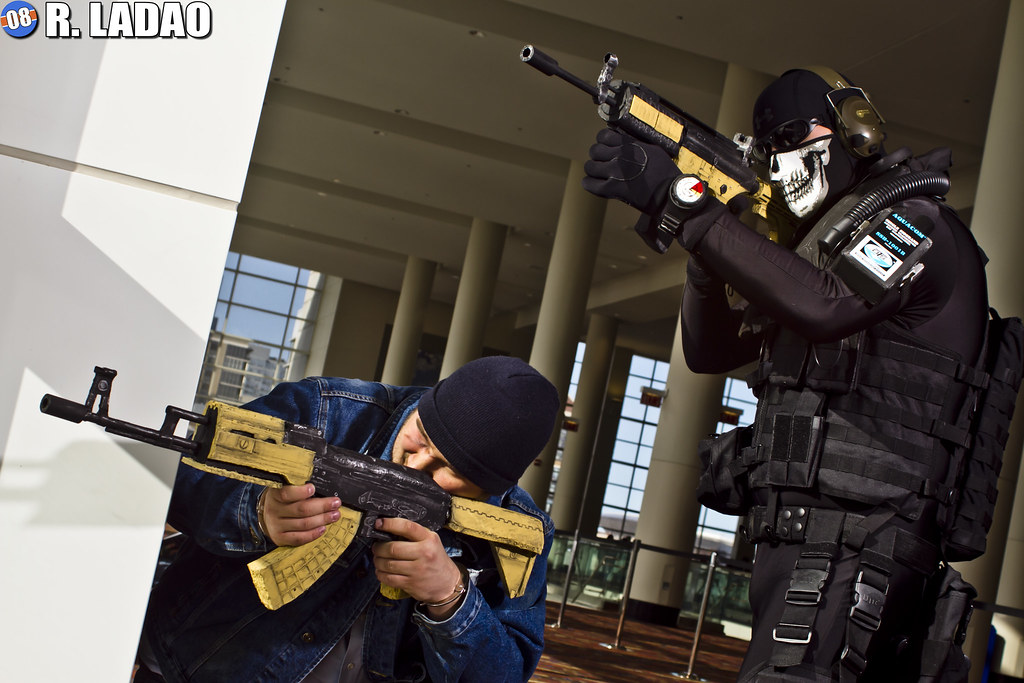This past August, I updated my costume with Snake's iconic handgun from the game.
The first tutorial I did for Cardboard Armory features the M1911A1 I'd been using in conjunction with my Snake stuff, but it's been bugging me that it wasn't the custom version he uses. I had to change that.
Here's the gun we're going to be making:
In this video, Sigint and Snake have a conversation regarding all the intricacies of the weapon. Yeah, they did their research and made certain everyone knew it.
Anyway, since I like to work off of images and numbers rather than just some spoken details, I came across someone who was actually building a legitimate firearm with all of the custom details Snake had described. He had a few illustrations of all the changes:
I took the dimensions of a real M1911A1 off of Wikipedia(where I tend to find most of my firearm dimensions), and brought that into Photoshop to get a 1:1 scale version. Then I overlaid the above image onto it, matching it in key places on the firearm on-screen, to get it as close to how large it would be in real life.
Once this was all laid out, I went to work the way I usually do, and traced the gun onto cardboard, cut out those templates, and began gluing them together.
HOWEVER, this time around I wanted to do something different. You'll notice the custom M1911A1 has a threaded barrel for attaching a suppressor to. I wanted to include a suppressor(the proper term for a "silencer"), so I began planning for one. The problem, however, was that my leather holster doesn't have a hole in the bottom that would allow me to holster my weapon with the suppressor still on it, so it would have to be a removable one.
I went to Home Depot and began fitting pieces of PVC together in the plumbing department to see what would work. I knew the barrel would be 1/2", so I started off with a threaded male-end plug, which I then fitted a corresponding female end to. I wanted the suppressor itself to be about 3/4" in diameter, so that female end had to have a wide enough base for it to produce the smallest gap between the PVC suppressor possible while still fitting that 1/2" threaded barrel. I had to use a bit of glue to keep it all flush, as I couldn't find that magic fit that united both of those pieces. The end cap was just a plug that I flipped so the raised end was inside the PVC, and then I believe I drilled a hole into it so it looked like an actual barrel. Yes, I realize that explanation is a little confusing, but I don't have any progress photos chronicling that process, which I apologize for.
ANYWAY, I took a wooden dowel and fitted it into the back end of the threaded barrel piece. I knew that I was going to carve out a channel and fit the dowel and threaded barrel piece into the cardboard itself, so I cut that into the cardboard. Here's an image of that cross-section, with the PVC assembly as well:
Then it was just a matter of gluing it all together, carving down the edges, and sealing those edges with hot glue. The coolest part about this gun? Definitely the removable suppressor.
Unscrewed:
Screwed on:
Now unfortunately, I didn't measure the width of the gun properly, so even though the reason I made the removable suppressor in the first place was to be able to holster the gun, it was too wide to fit in my holster, so I'll eventually have to split the prop open again and trim it down a little bit more.
However, it's still awesome to break it down and piece it back together, which just adds to the overall feel of the costume. I'm really pleased with how it turned out:
It looks pretty nice alongside all of my other gear, too:









